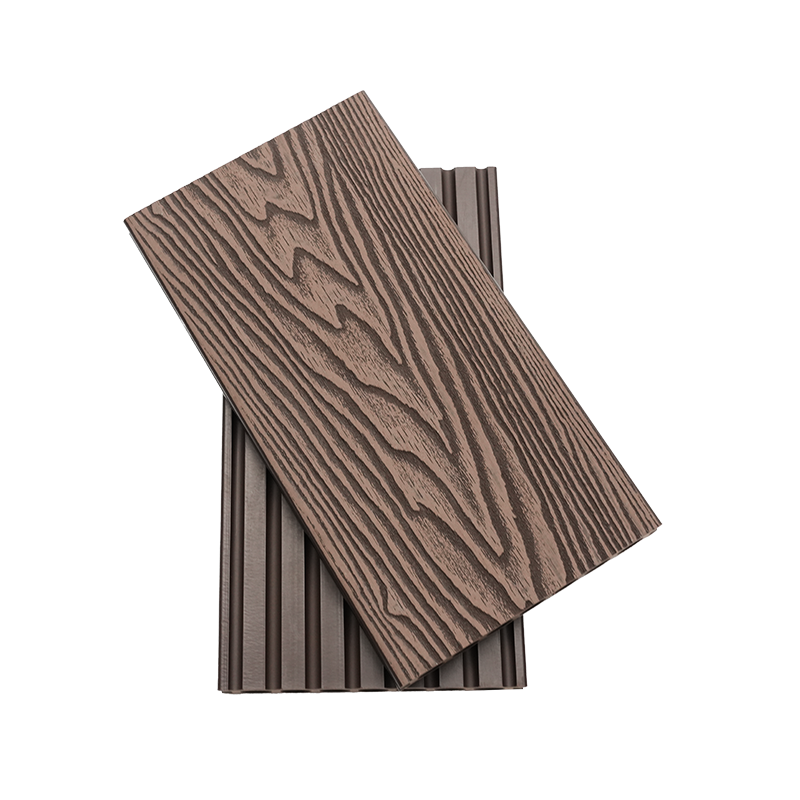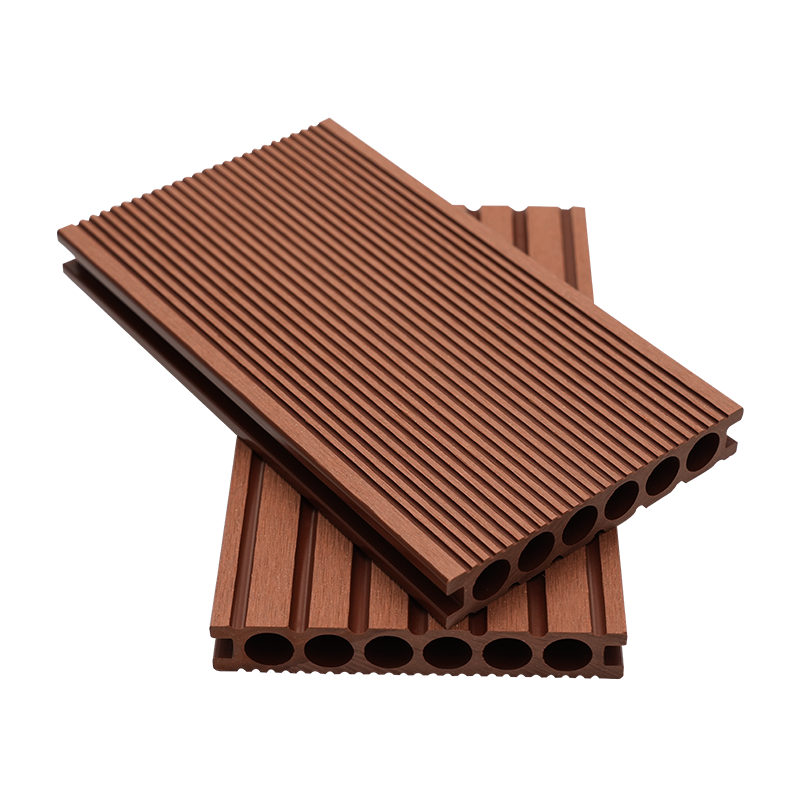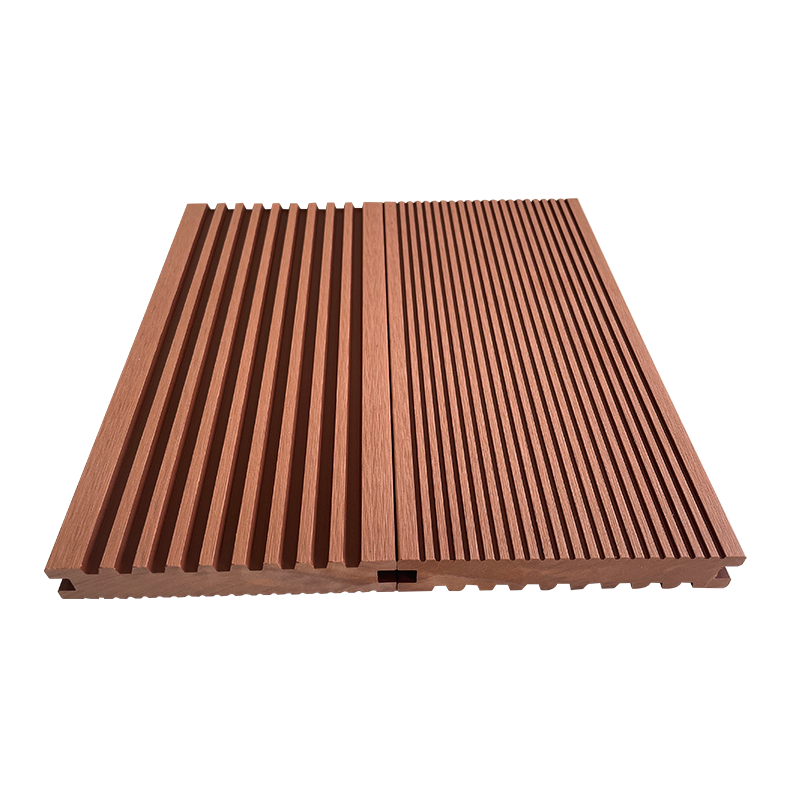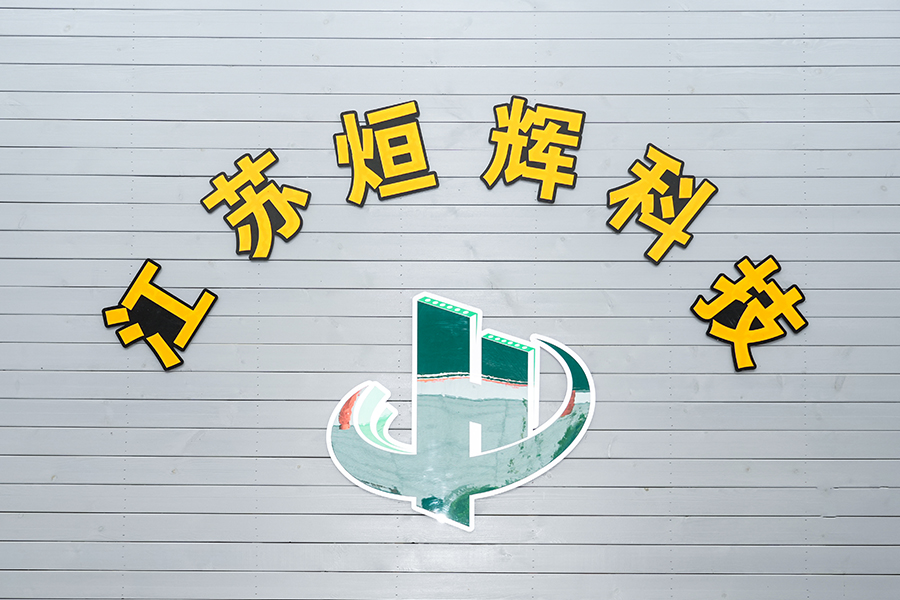If you need any help, please feel free to contact us
WPC composite decking boards have rapidly gained popularity in both residential and commercial outdoor projects due to their durability, low maintenan...
READ MORE





The first generation of wood plastic board is formed by mixing wood powder and plastic particles by extrusion. It is mainly made of wood and thermoplastic polymer processing aids. It is a high-tech green and environmentally friendly new decorative material. It has the characteristics of wood and plastic. It is a new composite material that can replace wood and plastic. It replaces traditional solid wood flooring and has the advantages of moisture resistance, corrosion resistance, wear resistance, etc. It is easy to clean and can improve thermal insulation and sound insulation.

WPC composite decking boards have rapidly gained popularity in both residential and commercial outdoor projects due to their durability, low maintenan...
READ MOREIn the evolving landscape of outdoor construction materials, homeowners, landscapers, and architects are increasingly exploring alternatives to tradit...
READ MOREIntroduction As outdoor living spaces continue to evolve, WPC composite decking boards have become one of the most favored materials for patios, balco...
READ MOREIntroduction Outdoor decking materials face constant challenges from moisture, UV radiation, temperature fluctuations, and biological decay. Over time...
READ MOREIn the evolving landscape of architectural materials, modern exterior siding panels have become a focal point for builders seeking both performance an...
READ MOREThe world of outdoor living has been revolutionized by composite materials. Among these, Wood Plastic Composite (WPC) decking stands as a monumental innovation. But in an era of rapidly advancing materials science, where does the original, the pioneer, fit in? This article explores the science, benefits, and limitations of 1st Generation Traditional WPC Decking, providing a clear-eyed view of its place in the modern market.
To understand its legacy, we must first define it. 1st Generation Traditional WPC Decking introduced the concept of composite wood to a mass audience. Scientifically, it is a thermoplastic composite material primarily made from two components:
The mixture is processed by extrusion into solid, non-hollow deck boards with either smooth or lightly embossed wood-grain surfaces.
When it first appeared, this early composite decking was a game-changer:
Over time, the first generation boards revealed drawbacks:
These issues led to key innovations:
Despite newer alternatives, 1st Generation Traditional WPC Decking is far from obsolete. It remains a cost-effective and sturdy solution, especially for:
Correct installation with allowance for expansion ensures long service life.
High-quality composites rely on precise extrusion and balanced formulations. Companies like Jiangsu Xuanhui New Material Technology Co., Ltd. have refined recipes for traditional composites, boosting durability and reliability compared with early production methods. Their continuous research ensures even first-generation products meet modern expectations.
In summary, 1st Generation Traditional WPC Decking is the workhorse of the composite industry. It may lack the advanced features of capped versions, but it remains a durable, low-maintenance, and eco-friendly option. By understanding both its strengths and its limitations, builders and homeowners can still make excellent use of this pioneering material.